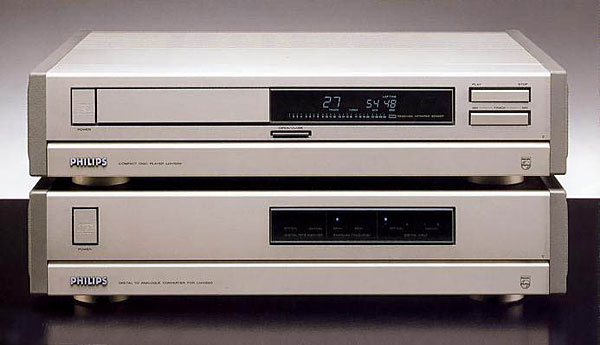| Columns Retired Columns & Blogs |
The Philips LHH1000 DAC, did not come with a TDA1541A S1 single crown chip. Philips units had the TDA1541A chip.
For some reason, Philips also claimed their model 960,a single cd player, also had this same chip.
I had the Philips 960 and called Philips about the chip. They sent me the correct chip, a TDA1541A S1 single crown, after pointing it out in a review.
I still have the review of the Lhh1000 in Stereophile,June 1989,Vol.12 No.6
I also have both the Marantz CD 12 transport/dac and the Philips Lhh1000 transport/dac. The flip down cover at the bottom of each dac, shows exactly what chip is used.





































